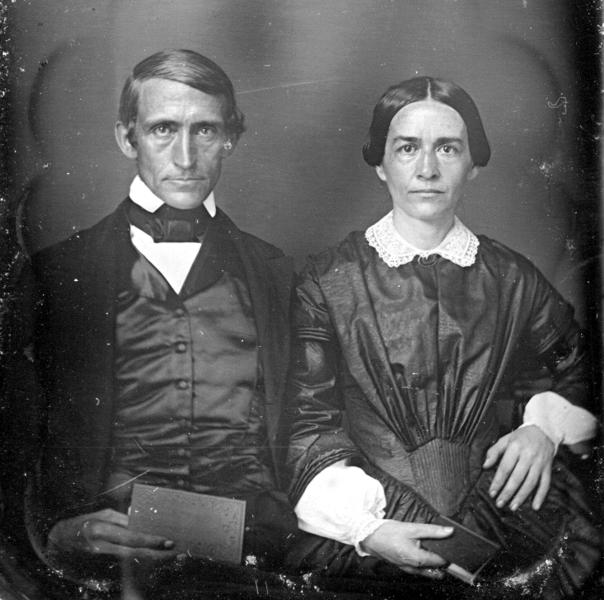“There is nothing certain about trade with the islands; King Kamehameha, who lives on the main island, Hawaii, did not allow his subjects to engage in trade.”
“He did all the trading himself, maintaining large warehouses filled with European goods. He was not willing to sell his goods at a reasonable price.” (Hagemeister; Pierce)
“Because of the climate, one of these islands with small harbors can produce foods in quantities sufficient to supply [the population] of a large part of Asiatic Russia …”
“… sugar-cane, from which rum as well as sugar can be obtained; rice, which has been planted as an experiment and has yielded a good crop; also the bread plant, taro, which is similar to flour and is an important item.”
“If we are to undertake a settlement, we should start it on the island of Molokai, which is more fertile than the others. In the southern part there is a port for small boats. Near this island are the best fisheries.” (Hagemeister; Pierce)
“It would appear that the Russians had determined to form a settlement on these islands; at least, preparations were made for the purpose; and I was informed by the commander that if I chose I might get a situation as interpreter.”
“Being sure of meeting with American vessels at the Sandwich islands, in which I might get to Europe or America, I expressed a desire to embrace this opportunity of quitting Kodiak, and was accordingly permitted to take my passage in the ship.” (Campbell)
The Neva had a crew of seventy-five seamen, belonging to the Russian imperial service, and was commanded by Captain Hageimeister (Leontii Adrianovich Gagemeister (German: Karl August Ludwig von Hagemeister)), who had been bred in the British navy, and could speak English fluently. They left December 11, 1808.
They sailed for the Sandwich Islands, with instructions to establish a colony there, and to survey the field with a view to future occupation by the Russians.”
On January 27, 1809, “at day break, we discovered the mountains of Owhyhee, at the distance of ten leagues. In the afternoon, we were close in with the land, and coasted along the north side of the island.”
“We made sail in the evening, and reached Mowee the following day. … (and) weighed on the morning of tile 29th, and passing between the islands of Morokai and Ranai, reached the harbour of Hanaroora, on the south side of Wahoo, the same evening.” (Campbell)
“Arriving at a harbor on the southern side of O‘ahu, the ship was boarded by a large canoe, in which was seated, dressed in European costume, King Kamehameha, then the potentate of the Hawaiian group.”
“‘Immediately on his coming on board,’ says (Alexander) Campbell, a Scotch sailor who acted as Hagemeister’s interpreter, ‘the king entered into earnest conversation with the captain. Among other questions, he asked whether the ship was English or American.’”
“‘Being informed that she was Russian, he answered, ‘Meitei, meitei,’ or ‘Very good.’”
“‘A handsome scarlet cloak, edged and ornamented with ermine, was presented to him from the governor of the Aleutian Islands.’”
“‘After trying it on, he gave it to his attendants to be taken ashore. I never saw him use it afterwards. In other canoes came Tamena, one of his queens, Crymakoo, his brother-in-law, and other chiefs of inferior rank.’” (Bancroft)
“Fortunately, the Scotchman, Alexander Campbell, was with the expedition in the capacity of interpreter, and in conversation with a countryman at Lāhainā (MacCallum) in a moment of lucky indiscretion let the Russian cat out of the bag by revealing the secret purpose of the expedition …”
“… for which he was soundly rated by the captain for his frankness, who immediately sought to cloak his real purpose by giving out that he had an eye single to trade.”
“Though nothing came of this colonization scheme at the time, it had an eye-opening effect on Kamehameha, who the next year made advances towards placing his kingdom under the protection of the British flag.” (Emerson)
“(N)o attempt was made to found a settlement, though, if we can believe Kamehameha, Hagemeister tried to bring the natives of O‘ahu under subjection by threatening that ships of war should be sent against them.”
“After calling at other islands in the Hawaiian group, and bartering seal skins and walrus tusks for salt, sandalwood, and pearls, the captain sailed for Kamchatka, and thence for Novo Arkhangelsk, setting forth on his homeward voyage the following year.”
“In his report to Baranof, whom, as we shall see later, he succeeded in office, he states that taro, maize, and sugar could be purchased at moderate prices in Oahu and the neighboring islands, but that European goods were held at extravagant rates.”
“The control of the company’s affairs had long been felt as too severe a strain by the chief manager, who was now more than sixty years of age.”
“He had several times requested that a successor be appointed, and twice his request had been granted, but on both occasions the official who was sent to relieve him died on the way.” (Bancroft)











































